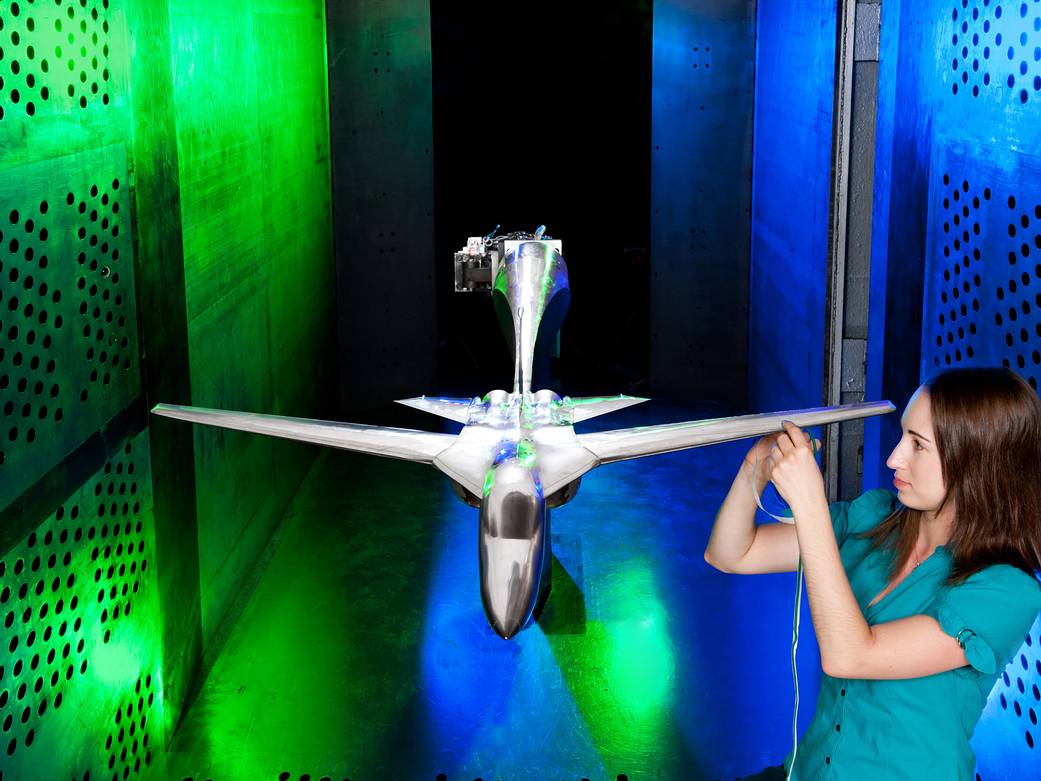
When new technologies for airplanes are developed, they need to be tested in wind tunnels to assess their effectiveness. Often, transonic testing is needed – testing that simulates speeds just below, just above, or at the speed of sound. NASA’s Glenn Research Center in Cleveland is one of the NASA centers which offer this capability.
The Facility Aerodynamic Validation and Operational Research (FAVOR) Check Standard Comparison Test Program was performed at three NASA centers and a United States Air Force center. Glenn completed the test at its 8×6 Supersonic Wind Tunnel. NASA’s Ames Research Center in Moffett Field, Calif., NASA’s Langley Research Center in Hampton, Va. and the US Air Force’s Arnold Engineering Development Center in Tenn. also completed the test program at their transonic facilities.
The test program developed a better understanding of the capabilities and options for transonic wind tunnel testing across the nation by evaluating and measuring facility processes, data reduction techniques, tunnel flow quality and comparative data assessment.
In this image, Christine Pastor, an AeroMechanical Test Engineer with Sierra Lobo, Inc, works in Glenn’s 8×6 Supersonic Wind Tunnel. Pastor is placing trip dots on the leading edge of the wing, which trips the airflow (like tripping and falling over a rock) on critical areas of the model.




























